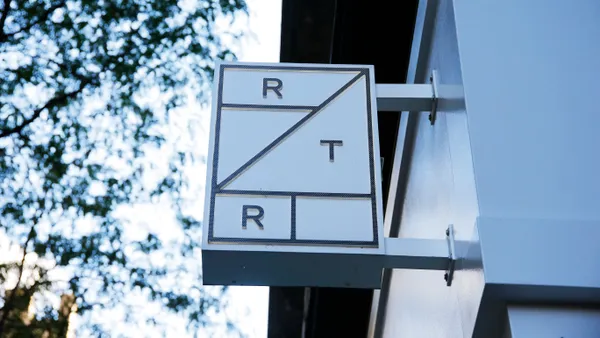Dive Brief:
- Customer service is “on the brink,” according to an Accenture report released earlier this month. Surveying more than 7,000 customers, Accenture found that 3 in 5 customers felt frustrated or annoyed after at least one service interaction in the past 12 months.
- That one bad service interaction can cost a company. Nearly 9 in 10 respondents said that just a single bad service interaction can completely deter them from a brand.
- Poorly implemented technology is one source of trouble. Only 18% of consumers said technology had significantly improved their customer service experiences.
Dive Insight:
Businesses have implemented technologies to cut costs and improve operational efficiency without regard to the customer, hurting service quality in the process, Accenture found.
CX leaders face immense pressure to demonstrate the ROI of their initiatives and to cut costs.
“Many of these cost savings don't go hand in hand with good customer experience,” Maxie Schmidt, VP and principal analyst at Forrester, told CX Dive in January. “In the future, it will be a fine line for a CX professional to try to show short-term cost benefits, but also show the options that in the long run are least detrimental.”
Nearly two-thirds of executives say they’re actively making trade-offs between customer satisfaction and cost efficiency, according to Accenture’s survey of 2,400 customer service-focused senior executives. The number of executives who say their service departments primarily exist to create value for customers has dropped by 60% since 2022.
A common complaint among consumers is the difficulty in speaking to a human. Only 27% of customers surveyed said brands often or always make reaching a customer service representative easy.
Many companies have made it harder to speak to a customer service representative, directing consumers instead to self-service options like FAQs and chatbots.
But when those self-service technologies can’t solve customers’ inquiries, it causes frustration and can cost companies more.
Nearly two-thirds of customers say service quality is the most important factor in setting one company apart from the rest, making the case that investing in quality customer service can differentiate a business.
“As a customer experience person, you have to then find the cost savings that are in line with customer needs versus the cost savings that you just do,” said Schmidt. “Five years ago, when everybody went digital, all these processes got digitized without any regard for the customer so it was a cost saving maybe for a short term, but then there was so much service needed afterwards.”
But CX improvements, like first-contact resolution, can reduce expenses. The key is for CX leaders to identify those and make the business case to implement them, Jon Picoult, founder and principal of Watermark Consulting, told CX Dive in January.
“When companies take a look at how many of the customer contacts that come into our organization are repeat contacts, because we didn't answer the person's question completely the first time, or we gave them incorrect information, every organization I've ever worked with is astounded when they actually start to measure what proportion of their incoming customer inquiries are repeat inquiries,” he said.













